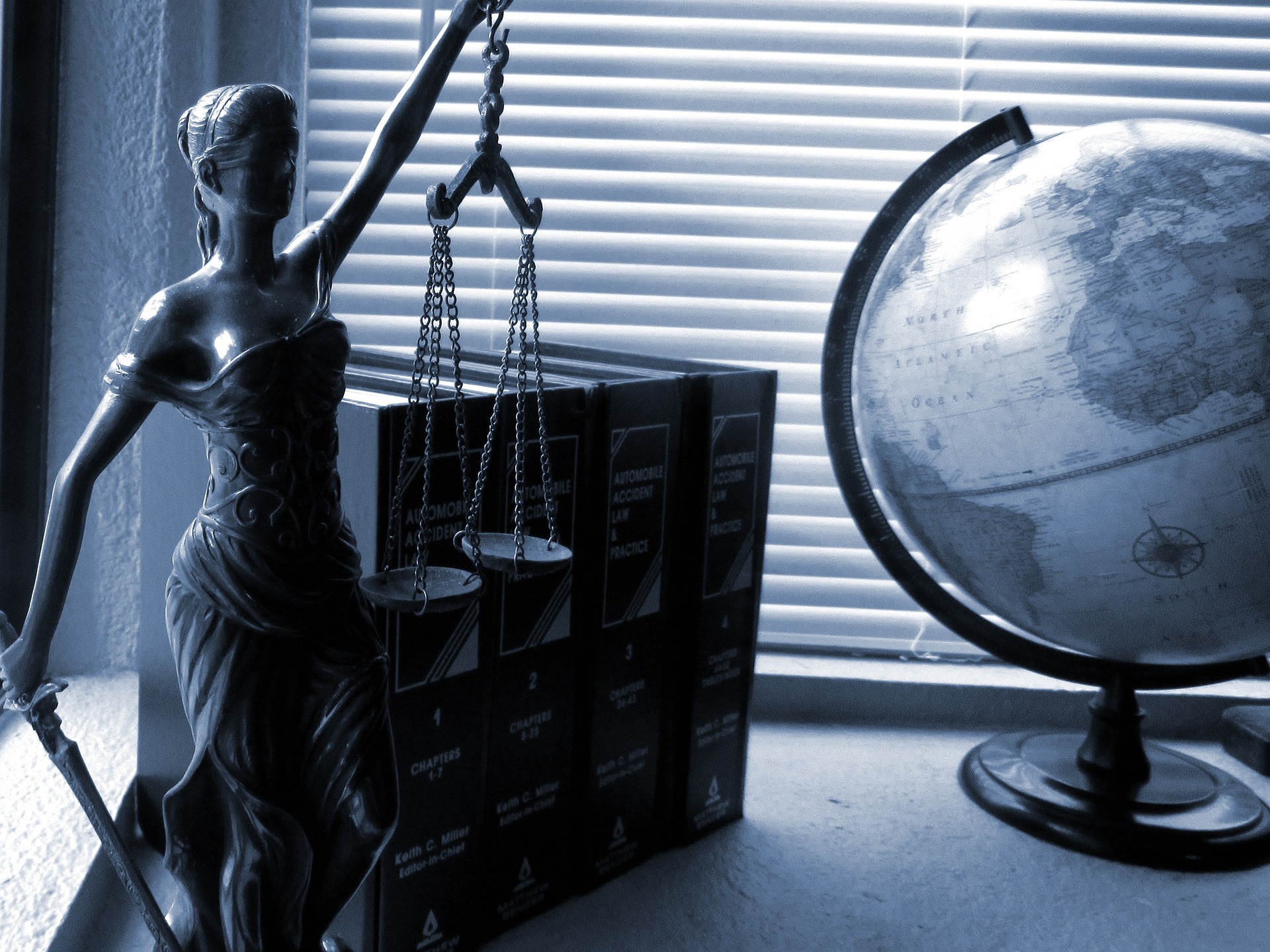Examining the Significance of the Public Trust Doctrine
In the realm of environmental law, the Public Trust Doctrine stands as a unique principle that allocates crucial responsibilities to governments. This doctrine, with roots traced back to Roman times, has evolved over centuries and now emerges as a powerful legal tool for environmental preservation.
The Historical Roots of the Public Trust Doctrine
The Public Trust Doctrine finds its origin in the Institutes of Justinian, a collection of Roman law principles dating back to the 6th century. Under this doctrine, certain natural resources like air, water, and the sea were considered common property, belonging to all and to be protected by the state. As the Roman Empire collapsed, these principles were absorbed into English Common Law, and subsequently found their way into American jurisprudence through early court rulings.
The Public Trust Doctrine in Modern Times
In modern times, the doctrine has been interpreted by courts in different jurisdictions to cover various types of resources. For instance, in the United States, the doctrine is primarily applied to navigable waters and the lands beneath them. It mandates that these resources should be held in trust by the government for the use and benefit of all citizens. The government, as the trustee, has the fiduciary responsibility to protect these resources from degradation and ensure their sustainable use.
Recent Developments and Legal Challenges
Recently, there have been attempts to broaden the scope of the Public Trust Doctrine to include other natural resources, such as wildlife, forests, and even the atmosphere. This expansion has been at the heart of several high-profile legal cases. For instance, in the case of Juliana v. United States, a group of young plaintiffs argued that the government’s failure to combat climate change violated their rights under the Public Trust Doctrine. While the case was ultimately dismissed, it drew significant attention to the potential of the doctrine as a legal strategy for environmental protection.
Impact and Implications of the Public Trust Doctrine
The potential implications of this doctrine are profound. If fully embraced and enforced, it could dramatically alter the legal landscape of environmental protection and enforcement. It could empower citizens to hold their governments accountable for environmental degradation and demand sustainable management of natural resources. However, the doctrine also raises questions about the balance of power between different levels of government and the courts, the appropriateness of judicial intervention in environmental policy, and the potential risks of overreliance on litigation as a tool for environmental protection.
The Future of the Public Trust Doctrine
As we move forward, the continuing evolution and potential expansion of the Public Trust Doctrine will be a critical area to watch. Its future will likely be shaped by a complex interplay of legal, political, and societal forces. Despite the challenges, the doctrine’s resilience and adaptability over centuries underscore its enduring relevance and potential as a powerful tool for environmental stewardship.
In conclusion, the Public Trust Doctrine, with its centuries-old roots and ever-evolving interpretation, serves as a testament to the dynamic nature of legal principles. As we continue to grapple with pressing environmental challenges, this doctrine may yet prove to be an invaluable ally in our quest for sustainable and equitable stewardship of our planet’s resources.






